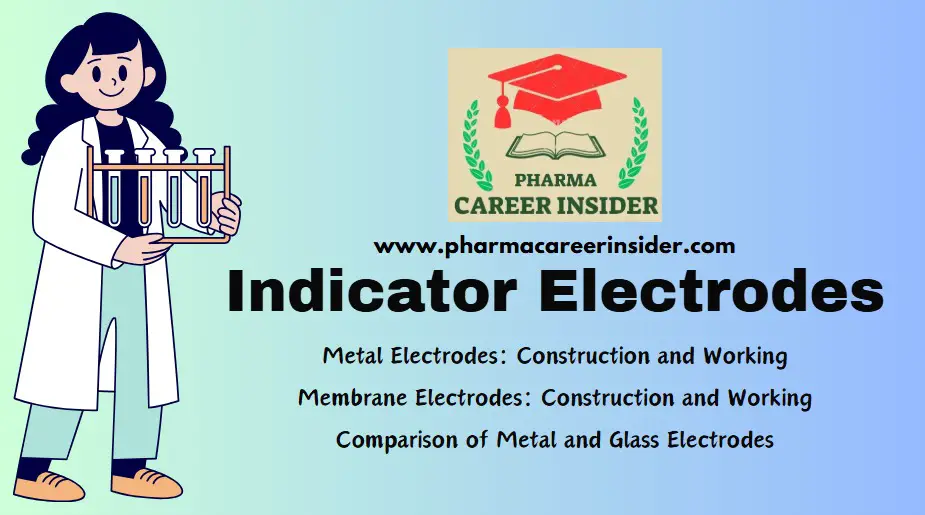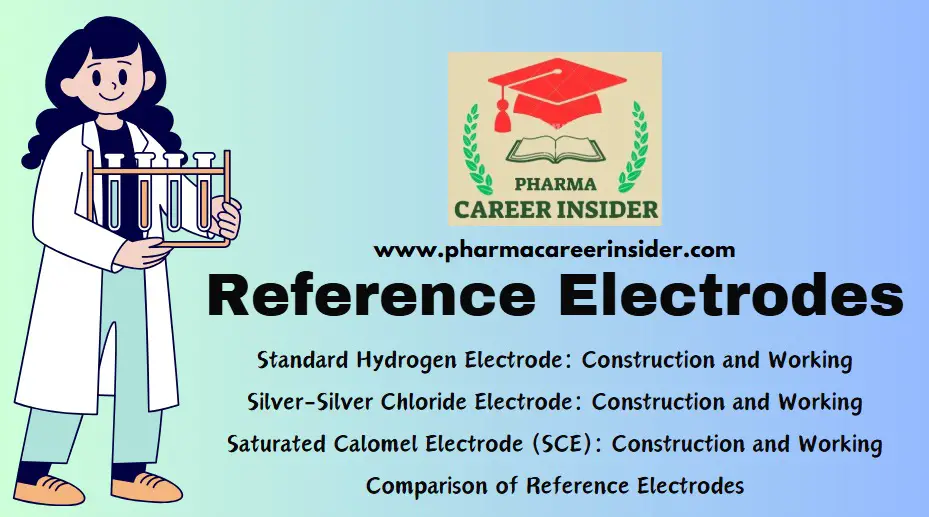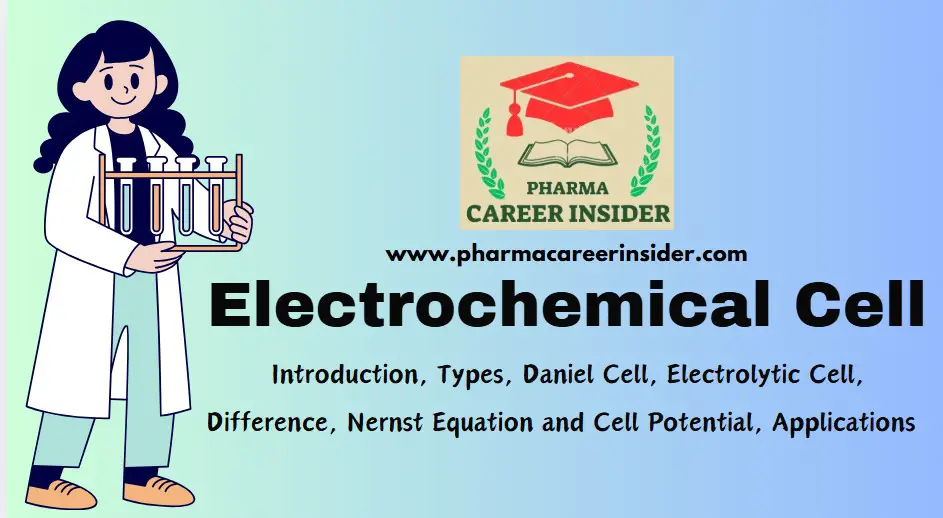Indicator Electrodes-Construction and Working
Introduction Indicator electrodes are a crucial part of electrochemical analysis. They generate a potential in response to the concentration of a specific ion in solution. This potential is then measured against a reference electrode to determine the ion concentration or other chemical properties of the solution. Indicator electrodes are broadly classified into: 1. Metal Electrodes … Read more










